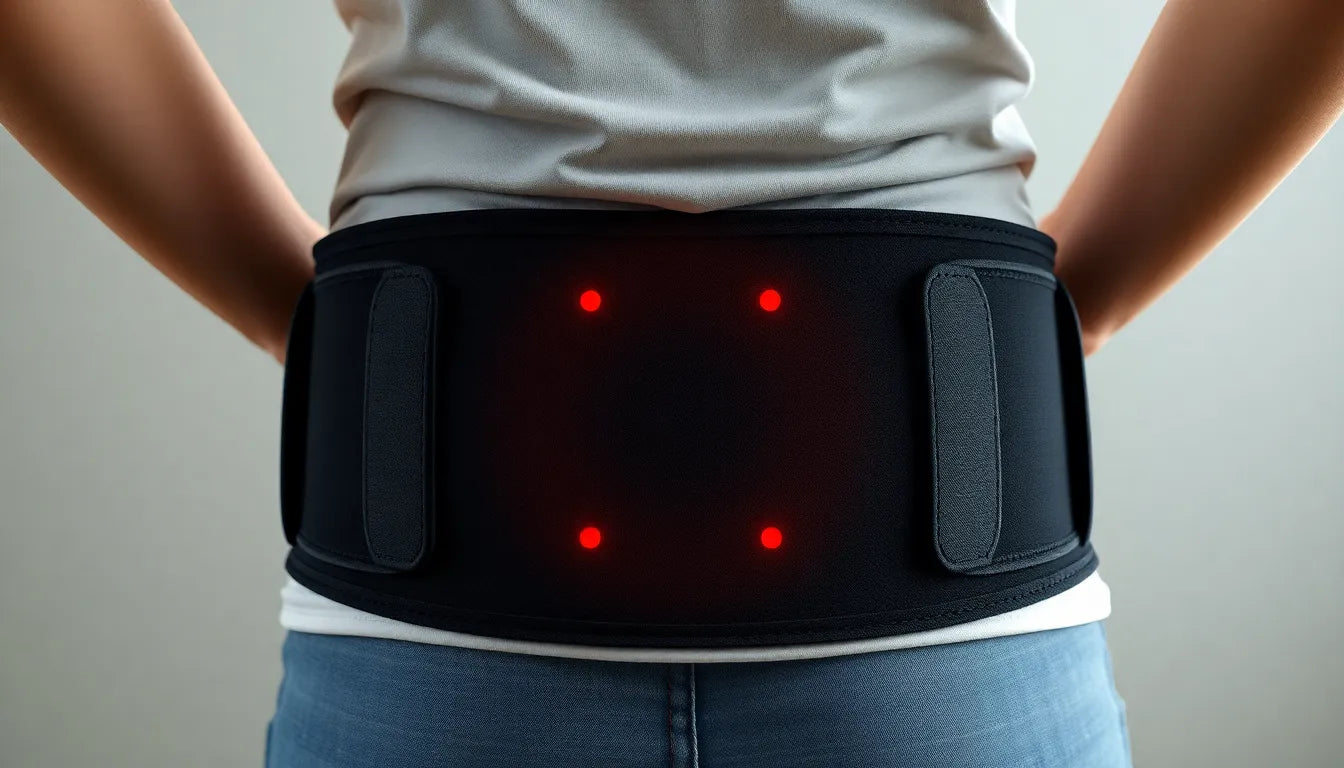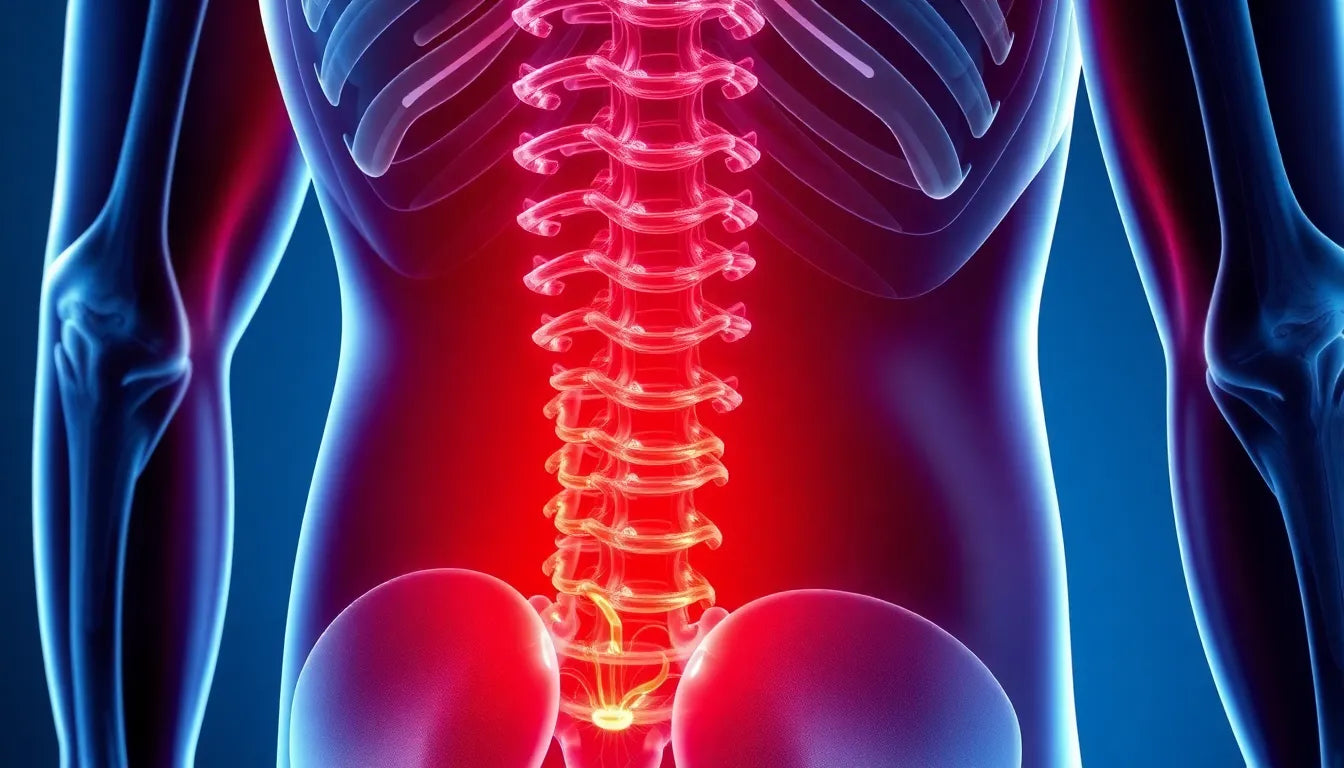The term "hunchback" often conjures images of a pronounced, rounded upper back, a condition medically known as kyphosis. While the name might sound antiquated, the condition itself is quite prevalent across various age groups. Kyphosis is characterized by an excessive forward curvature of the thoracic spine, leading to the familiar hunched appearance. This spinal deformity not only affects physical health but can also have profound impacts on an individual's quality of life.
Kyphosis can manifest in both young and old, with its prevalence increasing with age due to factors such as osteoporosis and degenerative disc disease. However, it's not just the elderly who are affected; adolescents can also experience kyphosis, often due to conditions like Scheuermann's disease. Regardless of age, living with a hunchback can lead to discomfort, pain, and even social and emotional challenges due to changes in appearance and self-esteem.
the importance of posture
Posture plays a crucial role in our overall health and well-being. Good posture ensures that our spine is aligned properly, which helps maintain the natural curves of the spine and distributes stress evenly across the body. Poor posture can lead to a host of issues, including back pain, reduced respiratory function, and decreased self-confidence. In the case of kyphosis, poor posture can exacerbate the condition, leading to further curvature and discomfort.
Transforming one's posture is not just about improving appearance; it's a pathway to alleviating pain and enhancing overall health. By focusing on posture correction and spinal health, individuals can prevent or mitigate the effects of kyphosis. This blog will delve into various strategies and treatments that can help individuals embrace a pain-free posture transformation.
In the following sections, we will explore the medical definitions and explanations of kyphosis, delve into its causes and symptoms, and discuss various treatment approaches. Whether you're dealing with mild discomfort or a more severe case, understanding the nature of kyphosis and the importance of posture is the first step in embracing a healthier, more confident you.
understanding kyphosis: medical definitions and explanations
Kyphosis, often referred to as "hunchback," is a condition characterized by an excessive forward curvature of the thoracic spine, resulting in a rounded or hunched appearance. While a normal spine naturally has curves, kyphosis involves a curvature that exceeds these normal parameters, often termed "hyperkyphosis." This distinction is crucial for understanding the severity and potential impact of the condition. Unlike scoliosis, which is a sideways curvature of the spine, kyphosis specifically affects the upper back, leading to what is sometimes called a "roundback."
causes and types of kyphosis
Kyphosis can arise from various causes, with age-related degeneration and osteoporosis being common culprits in older adults. As bones weaken with age, the spinal vertebrae may collapse or compress, leading to increased curvature. In adolescents, Scheuermann's disease is a prevalent cause, characterized by wedge-shaped vertebrae that lead to a pronounced curve. Other causes include congenital malformations, trauma, or diseases that affect the spinal structure. Genetic and developmental factors also play a role, particularly in cases like Scheuermann's disease, which tends to manifest during the growth spurts of adolescence.
symptoms and diagnosis of kyphosis
The most noticeable symptom of kyphosis is the visible hump or rounded upper back. However, individuals may also experience back pain, stiffness, and fatigue. In severe cases, the condition can lead to neurological issues or breathing difficulties due to the pressure on internal organs. Early diagnosis is crucial, especially for adolescents, as timely intervention can prevent the progression of the curvature. Diagnostic procedures typically include physical examinations and imaging tests like X-rays to assess the degree of curvature and identify underlying causes.
treatment approaches for kyphosis
Treatment for kyphosis varies based on the severity of the condition. Mild cases often benefit from posture exercises and physical therapy, which can help strengthen the back muscles and improve spinal alignment. In moderate cases, especially in adolescents, bracing may be recommended to prevent further curvature during growth. Severe cases, particularly those that cause significant pain or functional impairments, might require surgical intervention to correct the spinal deformity. Beyond physical treatments, addressing the emotional and social impacts of living with kyphosis is important, as individuals may experience self-consciousness or reduced self-esteem due to their appearance.
kyphosis severity spectrum: understanding treatment options
To better understand the treatment options available, it's helpful to consider the kyphosis severity spectrum. Mild kyphosis, which may not cause noticeable symptoms, often requires minimal intervention. Moderate kyphosis, which might involve some discomfort or cosmetic concerns, can benefit from non-surgical treatments like physical therapy and bracing. Severe kyphosis, particularly when associated with pain or functional limitations, may necessitate surgical correction. This spectrum highlights the importance of personalized treatment plans that consider the individual's symptoms, age, and overall health.
In the next section, we will explore lifestyle adjustments and preventive strategies that can support posture improvement and help manage kyphosis effectively. By understanding the causes, symptoms, and treatment options, individuals can take proactive steps towards achieving a healthier spine and enhancing their quality of life.
lifestyle adjustments and prevention for kyphosis
Addressing kyphosis effectively often involves making lifestyle adjustments that support spinal health and prevent the progression of the condition. Regular exercise is a cornerstone of maintaining a healthy posture. Activities that strengthen the back muscles, such as yoga, pilates, and targeted stretching exercises, can help improve spinal alignment and reduce the curvature associated with kyphosis. Additionally, incorporating low-impact aerobic exercises like swimming or walking can enhance overall fitness without putting undue stress on the spine.
Ergonomic aids and furniture also play a significant role in posture improvement. Investing in ergonomic chairs, desks, and computer setups can reduce strain on the back during daily activities. Posture-correcting devices, such as braces or posture trainers, can provide additional support and serve as reminders to maintain proper alignment throughout the day. These tools are particularly beneficial for individuals who spend long periods sitting, such as office workers or students.
educational and family resources
For parents of children with kyphosis, early detection and intervention are crucial. Encouraging regular check-ups with healthcare providers can help monitor spinal development and catch any abnormalities early. Educational resources, such as workshops or online courses, can provide valuable information on managing kyphosis in children and adolescents. These resources often offer guidance on exercises, lifestyle modifications, and the use of braces to prevent further curvature during growth spurts.
For seniors, managing osteoporosis-related kyphosis involves a combination of medical treatment and lifestyle changes. Ensuring adequate calcium and vitamin D intake, along with weight-bearing exercises, can help maintain bone density and prevent further spinal deterioration. Support groups and community programs can also offer emotional support and practical advice for living with kyphosis, helping individuals stay active and engaged in their daily lives.
conclusion: embracing a new posture
The journey to a pain-free posture transformation begins with understanding the causes, symptoms, and treatment options for kyphosis. By embracing both medical and lifestyle approaches, individuals can reduce pain, improve mobility, and enhance their self-confidence. Whether through exercise, ergonomic adjustments, or medical interventions, taking proactive steps towards better posture can significantly improve one's quality of life.
Remember, transforming your posture is not just about physical appearance. It's about embracing a healthier, more active lifestyle that can prevent the progression of kyphosis and improve overall well-being. With the right strategies and support, a pain-free, confident future is within reach.
Frequently Asked Questions
What is the difference between kyphosis and scoliosis?
Kyphosis involves a forward curvature of the spine, resulting in a hunched back, while scoliosis refers to a sideways curve of the spine.
Can kyphosis be corrected without surgery?
Yes, many mild to moderate cases of kyphosis can be managed with exercises, physical therapy, and lifestyle adjustments. Surgery is typically reserved for severe cases.
Is kyphosis hereditary?
Some forms of kyphosis, such as Scheuermann's disease, have a genetic component, but other types may result from environmental factors or aging.
At what age does kyphosis typically develop?
Kyphosis can develop during adolescence, often due to Scheuermann's disease, or later in life as a result of age-related changes like osteoporosis.
How can I prevent kyphosis from worsening?
Maintaining good posture, engaging in regular exercise, and using ergonomic aids can support spinal health and prevent the progression of kyphosis.
Sources
- Cleveland Clinic. "Kyphosis: Symptoms, Causes, Diagnosis, and Treatment."
- Penn Medicine. "Kyphosis: Overview, Symptoms, and Treatment."
- Mayo Clinic. "Kyphosis: Symptoms and Causes."
- Wikipedia. "Kyphosis."
- OrthoInfo – American Academy of Orthopaedic Surgeons. "Kyphosis (Roundback) of the Spine."
- KidsHealth / Nemours. "Kyphosis in Children and Teens."
- Johns Hopkins Medicine. "Kyphosis: Diagnosis and Treatment."


















